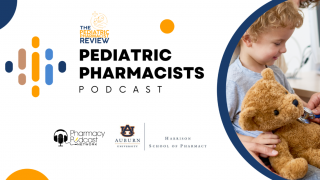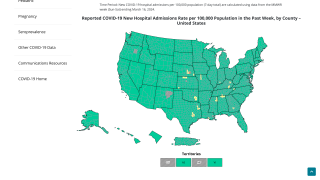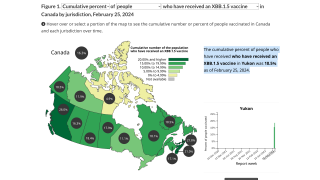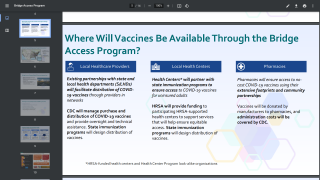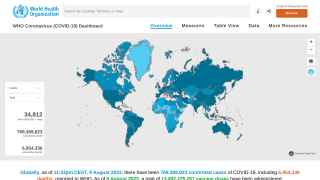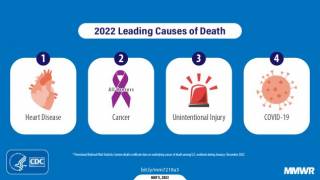Your Genetics May Indicate Severe COVID-19

One of the greatest mysteries of the COVID-19 pandemic is why some people fall severely ill while others suffer nary a sniffle. Now, after compiling data from around the world, researchers have determined that the answer seems to lie, in part, in genetics, stated a Stanford Medicine article.
This analysis was published by the journal Nature on July 8, 2021, was led by researchers at the Broad Institute and the University of Helsinki, with data and analysis contributions from Stanford Medicine researchers.
An international meta-analysis of studies describes the results of three genome-wide association meta-analyses comprised of up to 49,562 COVID-19 patients from 46 studies across 19 countries.
They have uncovered 13 genetic signatures that are closely linked to an increased risk for developing severe COVID-19.
These researchers wrote, 'The genetic makeup of an individual contributes to susceptibility and response to viral infection.'
'While environmental, clinical, and social factors play a role in exposure to the SARS-CoV-2 beta coronavirus and COVID-19 disease severity, host genetics may also be important.'
'Identifying host-specific genetic factors may reveal biological mechanisms of therapeutic relevance and clarify causal relationships of modifiable environmental risk factors for SARS-CoV-2 infection and outcomes.'
'We reported 13 genome-wide significant loci that are associated with SARS-CoV-2 infection or severe manifestations of COVID-19. And found evidence of substantial genetic correlations between 9 traits and hospitalized COVID-19 and SARS-CoV-2 reported infection.'
'Several of these loci correspond to previously documented associations to lung or autoimmune and inflammatory diseases.'
'They also represent potentially actionable mechanisms in response to infection.'
'Mendelian Randomization analyses support a causal role for smoking and body mass index for severe COVID-19, although not for type II diabetes.'
'Four out of the 13 genome-wide significant loci showed similar effects in the reported infection analysis (a proxy for disease susceptibility) and all-hospitalized COVID-19 (a proxy for disease severity).'
'Of these, one locus was in close proximity, but yet independent, to the major genetic signal for COVID-19 severity at 3p21.31. Surprisingly, this locus was associated with COVID-19 susceptibility rather than severity.'
'The locus overlaps SLC6A20, which encodes an amino acid transporter that interacts with ACE2.'
'Nonetheless, we caution that more data is needed to resolve the relationship between genetic variation and COVID-19 at this locus, particularly as the physical proximity, linkage disequilibrium structure, and patterns of association suggest that untagged genetic variation might be driving the association signal in the region.'
'Our findings support the notion that some genetic variants, most notably at ABO and PPP1R15A loci, in addition to the aforementioned SLC6A20, might indeed impact susceptibility to infection rather than progression to severe COVID-19 once infected.'
'Several loci reported here, as noted in previous publications, intersect with well-known genetic variants that have established genetic associations. Examples of these include variants at DPP9 and FOXP4, which show prior evidence of increased risk for interstitial lung disease, and missense variants within TYK2 that show a protective effect on several autoimmune-related diseases.'
'Together with the heritability enrichment observed in genes expressed in lung tissues, these results highlight the involvement of lung-related biological pathways in developing severe COVID-19.'
'Several other loci show no prior documented genome-wide significant associations, even despite the high significance and attractive candidate genes for COVID-19 (e.g., CXCR6, LZTFL1, IFNAR2, and OAS1/2/3 loci).'
'The previously reported associations for the strongest association for COVID-19 severity at 3p21.31 and monocytes count are likely to be due to proximity and not a true co-localization.'
In closing, these researchers stated, ‘The identification of novel host genetic factors associated with COVID-19, with unprecedented speed, was made possible by the community of human genetic researchers coming together to prioritize sharing of data, results, resources, and analytical frameworks. This working model of international collaboration underscores what is possible for future genetic discoveries in emerging pandemics, or indeed for any complex human disease.’
‘Care should be taken when interpreting the results from a meta-analysis because of challenges with cases and controls ascertainment and collider bias. In addition, drawing a comprehensive and reproducible map of the host genetics factors associated with COVID-19 severity and SARS-CoV-2 requires a sustained international effort to include diverse ancestries and study designs.’
Manuel Rivas, DPHIL, assistant professor of biomedical data scientist who helped lead Stanford's contribution to the analysis, commented in a press statement, "This type of rapid data sharing and analysis hasn't been the model for studying other viruses, but it really should be."
The full study is available here.
Note: a similar study was published by Nature on July 8, 2021.
PrecisionVaccinations publishes fact-checked research-based news.
Our Trust Standards: Medical Advisory Committee

